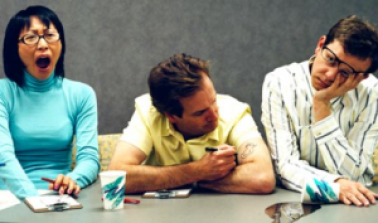Innovation comes in different forms and problems, all requiring financial support.

Innovation has a very tough job of attracting the necessary money to take a concept or idea all the way through to commercialization. There is always that constant asking about the economic return and the associated risks.
Financing game-changing investments, replacing something existing or simply providing something new have tough financial questions always to be answered.
Here I am taking an innovation need in a different way than most are used to reading about. So what are right conditions to invest and realize innovation?
The Energy Transition is one of the toughest innovation challenges ever. We must remove fossil fuel as a source of energy, decarbonize our planet and replace it with clean energy alternatives of solar, wind, hydropower, nuclear and green hydrogen solutions. To make the transformation in just under 30 years is a massive task. So far, we are doing a poor job of this as markets, solutions, opinions, and financial support are all highly fragmented.
Tacking emerging and developing markets is even harder to achieve an energy transition.
Can you imagine what it is like in a developing country that lacks sufficient energy and infrastructure yet is faced with the sizable task of expanding its economy to meet growing population expectancies and the need for rising incomes to give that essential potential for growth that having energy available can provide?









